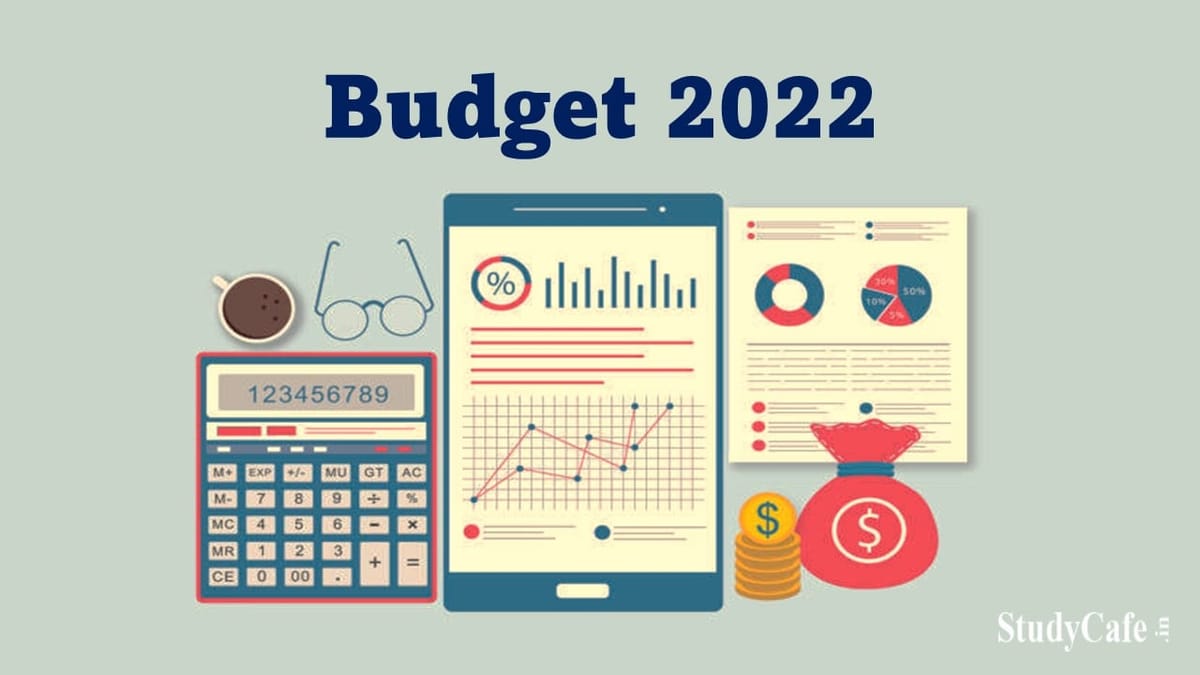Deepshikha | Feb 5, 2022 |

Budget 2022: A Fine Balance is Struck Between Growth and Fiscal Consolidation
The Union Budget for Fiscal Year 2022-23 (FY23), which was unveiled on February 1, was constructed under tight fiscal restrictions. A steeply elevated public debt hovering over 90% for the general government (i.e., the federal and state governments combined) and a major deficit on the order of 55.4 per cent in planned privatization receipts during FY22 provide the backdrop for the Budget.
Furthermore, due to rising commodity prices and shortages, additional spending on subsidies has increased significantly over budgeted projections in FY22, particularly food (up 18%) and fertilizer (up 76.2%) subsidies. Due to the increasing demand for work in rural areas, the allocation for the MGNREGA scheme has to be boosted by 34.2 per cent from the budgeted Rs 730 billion to Rs 900 billion in FY22.
The administration had to strike a delicate balance between growth and budget consolidation when formulating the Budget for FY23. When deciding on spending priorities for FY23, the government prioritized spending on railways, road transport & highways, and telecommunications, while reducing or eliminating spending on defence, housing & urban affairs, food & fertilizer subsidies, and MGNREGA.
The administration plans to reduce the budget deficit to GDP ratio from 6.9% in FY22 to 6.4 per cent in FY23 as a result of this. Despite rising inflation, the government has estimated that India’s nominal GDP will increase by 11.1 per cent, according to the underlying macroeconomic framework. This means the administration expects real GDP growth in FY23 to be significantly lower than the Economic Survey’s projection of 8-8.5 per cent. With a lower real GDP growth forecast for FY23, it’s unclear how the growth targets for corporate and personal income tax receipts (13 per cent-plus year-on-year) and GST receipts (15.6 per cent year-on-year) will be met.
On the plus side, the Union government’s focus on public CAPEX, the development of more fiscal headroom for state governments, the GatiShakti roadmap (for infrastructure connection projects), the concentration on digital money, and green efforts are all medium-term steps in the right direction. It would gradually strengthen the ESG (Environmental, Social, and Governance) funding avenues for private sector actors by adopting ‘Clean Energy & Climate Actions’ as significant goals and deciding to launch ‘Green Bonds’ to fund green infrastructure projects.
The government’s promise to stimulate domestic production of oilseeds and limit imports of defence equipment (by allocating 68 per cent of defence CAPEX to domestic companies) is long-term beneficial for the rupee, given India’s large import dependency on both items.
The government has encouraged higher use of blended oil by imposing an additional excise duty of Rs 2 per liter on unblended fuel from October onwards, which will help it achieve its goal of 20 per cent ethanol blending with petrol by 2025, provided it is supported by necessary distribution infrastructure promptly. During FY23, the RBI is expected to introduce digital currency utilizing blockchain, according to the budget. This decision will provide the digital economy with a significant boost, as well as establish a more efficient and cost-effective currency management system. While not much has been done directly for agriculture and rural areas, the Emergency Credit Line Guarantee Scheme (ECLGS) has been extended until March 2023, providing much-needed additional credit support to MSMEs.
While the government has set the fiscal deficit for FY23 at 6.4 per cent, it has planned a huge increase in market borrowing (Net Market Borrowings at Rs 11.19 trillion) to fund its spending plan. This has triggered a knee-jerk reaction in the government securities market, which the RBI will now have to regulate as inflationary pressures rise.
The success of the Budget for FY23 will be determined in large part by how well it manages to resurrect growth through infrastructure expenditure. Additional direct cash improvement measures for agriculture and rural belts were expected, as rising joblessness and weak demand in rural belts are stifling India’s economic recovery in the current phase.
In case of any Doubt regarding Membership you can mail us at contact@studycafe.in
Join Studycafe's WhatsApp Group or Telegram Channel for Latest Updates on Government Job, Sarkari Naukri, Private Jobs, Income Tax, GST, Companies Act, Judgements and CA, CS, ICWA, and MUCH MORE!"